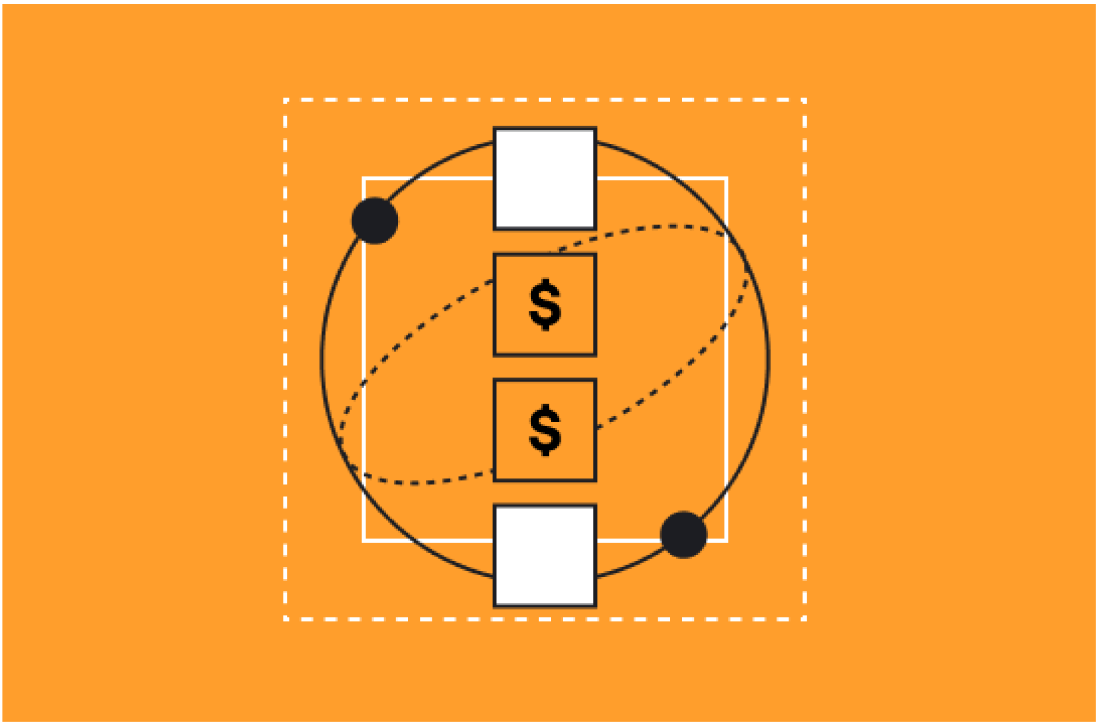Sales teams are increasingly expected to do more with less time and resources. There are multiple reasons for this. The COVID-19 pandemic certainly put a strain on things, but most sales reps will tell you that they’re also being overwhelmed by the preponderance of tools now available, smaller teams due to high “per-rep” costs to the company and blended demand gen budgets that include both sales and marking.
This article is based on an Aptitude 8 webinar entitled, “How to Do More with Less of a Sales Team,” featuring Ken Amar, SDR Manager at Outreach. Here, we’ll explore strategies for overcoming common obstacles experienced by sales reps and explain how you can empower your sales team to do more with the resources they have.
Mastering Assembly Line Sales
The first thing to recognize is that there are multiple roles inherent in the sales process. Each of these roles is occupied by an individual or team that fulfills a specific purpose in finding business and closing the deal.
Here’s a look at what these roles entail:
- Hunters: Responsible for prospecting and hunting for new business.
- Sellers: Account executives and other sales professionals who actively close deals.
- Leaders: Director-level or higher individuals who coordinate processes and may also close deals.
- Demand Gen: Managers who help push MQLs and SQLs through the funnel.
- Sales Ops: Responsible for optimizing the sales process.
Assembly line sales is a modern concept that ensures leads are handed off through the sales process efficiently and effectively. It provides a lens for viewing the sales process in the same way you might look at an assembly line in a factory. It requires coordination between all the roles listed above.
In most cases, an assembly line sales team will operate as follows:
- Leaders: Sets strategy and target audience.
- Sales Ops: Builds the line.
- Demand Gen: Feeds the line.
- Hunters: Processes new items on the line.
- Sellers: Packs “boxes” and puts them on “the truck.”
Not all businesses will use this exact model, and some companies may choose different designations for each of these responsibilities. Nonetheless, this is generally what the modern sales team looks like.
Improving the Sales Process
One of the most significant challenges with the assembly line sales model is that many companies are beginning to see their count of “Sellers” shrink. This is typically due to the reasons mentioned in the introduction.
However, it is also due to the increasing number of roles on the sales team. Sales teams are no longer comprised of just salespeople and managers. The business must also support demand gen, sales ops, and a long list of technologies to support the modern sales process.
To do more with less, leaders should first focus on improving efficiency in the sales process. This starts with the hand-off between marketing and sales.
1. Design the Marketing and Sales Hand-Off
The marketing-to-sales handoff is the most important piece of the sales process.
Marketing is doing a significant amount of work to generate demand. But even if those leads make it to sales, they may lack context, they may languish waiting for a call, or sales may not have the right tools and input to engage with them in a meaningful way.
Salespeople need a place to go to see the leads they should be working on right now. This location, such as a digital dashboard in a CRM, should include all the contextual information salespeople need to reach out to those leads in a meaningful way, via the channels they prefer.
You can also use task or priority lists to make sure your salespeople know exactly what to do and when. This reduces wasted time because your team knows immediately how to drive the process forward.
2. Creating Meaningful Lead and Contact Stages
Develop stages that include statuses for leads and contacts, but ensure they are meaningful. That means they must inform the salesperson what they should do next to keep moving the lead toward a buying decision.
This eliminates the decay of leads over time. It also ensures leads aren’t waiting too long to be engaged about the next steps. This can all be accomplished by adding contextual data to contacts in your CRM and by establishing playbooks for how to engage leads at each stage of their journey.
3. Map Out a Sales Journey for Leads and Contacts
Likewise, the sales team needs a clear map to guide them through each stage of the lead’s journey. This map should include all relevant stages of the journey as well as what steps the rep needs to take to keep the assembly line moving forward.
You can use a simple diagram or a digital representation of the journey. The important thing is that this map is formalized and that the team adopts it as part of their processes.
4. Manage CRM Decay
CRM decay represents the number of records in your system that are unengaged. It could also represent contacts that are no longer relevant, such as if they’ve left their previous jobs and their contact information is simply out of date.
Establish a process to enrich data, even if it is years old. This ensures your salespeople aren’t “banging on a door that nobody is behind.” It also ensures all your engagement is going toward qualified buyers and that you have more opportunities to re-engage decaying leads.
5. Create Well-Defined Users and Roles
Clearly define each role in your process and set clear parameters for their scope of work. For example, each sales development representative could only work with a set number of accounts or contacts.
Deploying Sales Automation
Sales automation can be used to eliminate manual processes, but it’s also an important tool for enriching your data and minimizing human error. Here are some of the most important facets of sales automation you should be aware of:
- Leverage Triggers for Repeatable Actions
- High Customization on First Touches and “Off-the-Shelf” Subsequent Touches
- Automated Queuing of New Prospects
- Enrich Data on Record Creation
If you want your team to be more productive, you should start by leveraging triggers for repeatable actions. For example, if a prospect asks a rep to call them next week, the rep can create a task to do so. With an automated process in place, this task could also create an alert system to remind the rep to make the call.
Likewise, sequences can be dependent upon another to ensure the lead is queuing for additional actions. This helps them move automatically through the sales process. If a rep updates a piece of information on a contact’s profile, that could trigger enrollment in an automated process that engages the lead with outreach that is appropriate for their context and their stage in the journey.
Equipping Your Salespeople with the Right Tools
Equipping your salespeople with technology is important, but there are other tools they should have at their fingertips to make sales processes easier and more effective. Here are some of the tools you should consider:
- Persona-Driven Sequences
- Templates for Quick Responses
- Snippets to Use as “Building Blocks”
Persona-driven sequences can live in your CRM or sales dashboard. These allow your reps to enroll leads in sequences that are relevant to who they are and what role they occupy, not just their industry.
Likewise, templates enable representatives to spin up fast responses to messages and inquiries, so there is little wait time between engagements. Templates also make it much easier for your team members to execute tasks quickly and repeatedly.
Finally, snippets are small pieces of material salespeople can use to generate more meaningful conversations with potential buyers. Case studies and other marketing assets make great snippets. Sales representatives can even use these as engagement tools to demonstrate the value of their offers and how they are relevant to each prospect’s unique needs.
Do More with Less
There are more strategies you can implement to do more with less in your sales department, especially on the technology side. Contact Aptitude 8 today to learn more about how we can help you improve your processes.






